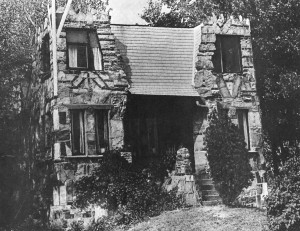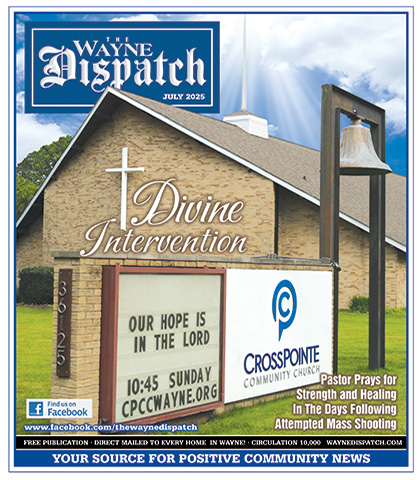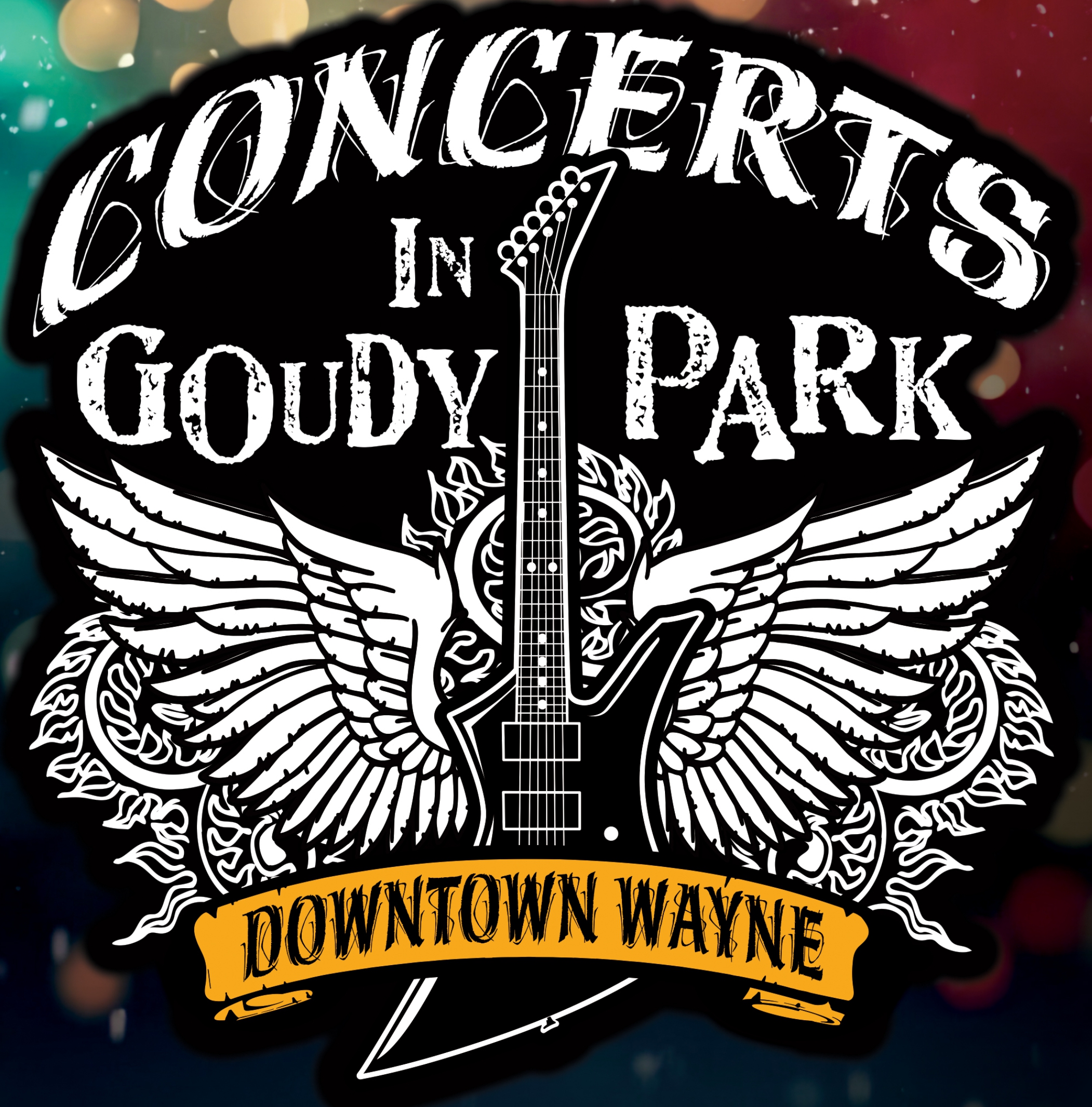Did you know?
By Darlene Hawley – In the study of the history of our community there are so many interesting things uncovered about the people and how they lived, the development of the area, the things that influenced the growth of the town and the events that forced the change of direction taken over the years. But there are also many surprising things learned that make our community unique. Things that lifelong residents will remember but new comers may never have heard.
Did you know that the last and only hanging in the State of Michigan was a man from Wayne? In 1824, the first piece of land was sold in Wayne to George M. Johnson. He built a log house which he used for a tavern as well as a home for his family. The following year a survey was completed for a road from Detroit to Chicago which would run past his door. It was called the Chicago Turnpike (or Michigan Avenue today). In 1825 Johnson sold his tavern to Stephen G. Simmons who operated the tavern until 1829 when he was arrested for beating his wife to death in a drunken rage. Simmons was hanged in Detroit on September 24, 1830. His sons sold his property to Ezra Derby and the small hamlet became “Derby’s Corners” and later the Village of Wayne.
Did you know that in the 1870’s and 80’’s there was a rash of body snatching going on in the Midwest? One case happened in our old cemetery next to the State Wayne Theater. A local doctor (a graduate of the University of Michigan in 1861) and a relative of his were caught stealing a body from a grave in November of 1883. The two were tried and acquitted because of a hung jury.
Did you know that Wayne had a Comfort Station downtown? It was built around 1926 by Wayne County at Michigan Avenue and Third Street across the street from St Mary’s Church. It was made of stone and had rest rooms, a drinking fountain and benches. It was used by people traveling to Wayne from Detroit on the interurban as well as locals who rode a horse or walked to town to shop or conduct business. The County maintained the building until 1956 when it was closed. It was demolished a few years later.
Did you know that there was a tunnel under Michigan Avenue at Sophia Street near Nankin Hospital? With Roosevelt School and the original Wayne High School on the south side of Michigan Avenue and the interurban tracks running down the middle of the street, it was decided to build the tunnel under the road for the safety of children and adults who had to cross. A large cement block with a tall sign on it stood at the entrance of the tunnel where the stairs descended underground. The tunnel had lights in it and former fire chief (and historian) Hank Goudy often remarked that he had to replace the light bulbs when they burned out or were taken by someone. The tunnel also had a phone in it for emergency purposes.
Did you know that Wayne had a race track? It was located in the flats behind where Wayne Memorial stands today. A number of local farmers raised prize winning thoroughbreds to participate in the races to the enjoyment of the townspeople.
Did you know that the first dial telephone was installed in the Village of Wayne at the home of Wilson McCormick on May 29, 1953? The phone is in our museum today.
Did you know that Wayne had a castle? It was located on Tyler Street near the intersection of Van Born and Merriman Roads. It was built by Curtis Leggo to keep a promise he had made to his wife, Gladys, to give her a castle. It was called “Gladcurt Castle”. Mr. Leggo began building it in 1935 and completed it in 1943. It received international attention with articles in many magazines and newspapers. Constructed mostly of stone and scrap materials taken from other buildings being torn down, it included wood from the old Vendors building on the Fairgrounds, slate from a church on Woodward Avenue in Detroit, headstones, curbstones, packing boxes, stones from the world’s deepest mine, and pieces from the USS Constitution. The fireplace contained 50 stones representing 50 countries around the world. (There were certified letters to support this claim.) The walls were extremely thick made with stone, wallboard and brick. The heating system was hot water circulated through old style radiators. It had circular staircases, battlements, heavy wooden doors, and stone passageways. In 1960 it was opened to the public for tours on Sundays. The “Castle” was demolished in 1967.
There are many other interesting and surprising stories about our community. You just have to “dig” for them or talk to a lifelong resident to see what he/she remembers.
(Thanks to Museum Manager Richard Story for information for this article and to Valerie Latzman for information taken from her book “The City of Wayne”.)





